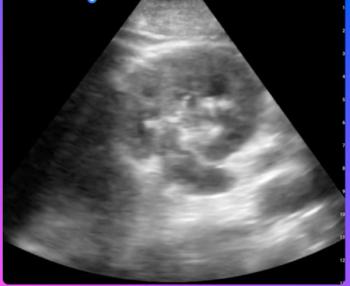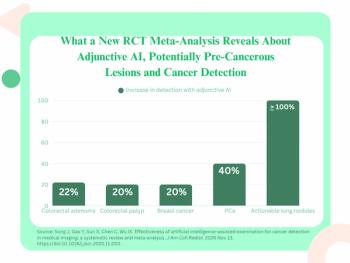
Uninsured Receive Less ED Imaging, Similar Inpatient Imaging
In the emergency department, those lacking health insurance receive less imaging than those covered. But once admitted as inpatients, they’re treated equally from the diagnostic imaging perspective, according to two studies published in the January 2012 edition of the Journal of the American College of Radiology.
In the emergency department, those lacking health insurance receive less imaging than those covered. But once admitted as inpatients, they’re treated equally from the diagnostic imaging perspective, according to two studies published in the January 2012 edition of the Journal of the American College of Radiology.
Kimberly Applegate, MD, an Emory University Medical Center radiologist, and James Moser, PhD, of Econometrica, delivered both studies.
“These results suggest that insurance status influences how much imaging and the intensity of imaging patients receive,” said Applegate. “Whether insured patients receive unnecessary imaging or uninsured and Medicaid patients receive too little imaging is not clear.”
Just over 9 percent of inpatients were uninsured, according to the data, and those who underwent imaging received the same average number of imaging services (1.51) of the same average value as those for comparable insured persons. The uninsured received fewer interventional and image-guided procedures, but more CT studies than insured patients, Applegate and Moser found.
“Because insurance status does not seem to significantly influence the quantity or value of imaging services received by hospital inpatients, efforts to assist uninsured patients with imaging needs would be better directed elsewhere than the hospital inpatient setting,” Applegate said.
Newsletter
Stay at the forefront of radiology with the Diagnostic Imaging newsletter, delivering the latest news, clinical insights, and imaging advancements for today’s radiologists.




























